3D Printing History: The Past And The Future
Description
3D printing has altered the way tools are designed and manufactured. This document outlines the development of 3D printing from its early stages to its present applications and discusses future prospects. It is based on documented facts and standard examples.
A brief timeline
- Early 1980s: Initial design drafts and patents emerged. Basic machines produced plastic components.
- 1990s: Commercial printers were introduced. Various industries trialled the technology.
- Early 2000s: 3D printing gained recognition beyond academic laboratories. Enthusiasts and small enterprises began utilising the method.
- 2010s: Materials such as metals and ceramics were introduced. Industrial applications increased during this period.
- Present: 3D printers now exhibit increased speed and precision. They are employed across several technical fields.
- Near future: New materials and methods will extend applications in medicine, aeronautics and construction.
- For further details please refer to Stanford Advanced Materials (SAM).
The Past: Origins and Development of 3D Printing
The development of 3D printing commenced in the early 1980s. The technology was initially employed to produce simple plastic parts and prototypes. Both artists and engineers used the process to materialise new ideas. In those early years the method was slow and expensive. Only a limited number of specialised companies had access to it.
During the 1990s, commercial printers entered the market. This marked a turning point. Companies began utilising 3D printing for functional prototyping and part production. Documented evidence shows that simple plastic models contributed to design modifications in areas such as automotive engineering. This method allowed designers to test new ideas quickly.
Over the years, technological advances increased the reliability of 3D printing. In the early 2000s, many industries adopted the technology for small-batch production. Several clients utilised 3D printing for custom tools and spare parts. The introduction of user-friendly software and machinery enabled adoption in small workshops and even among hobbyists.
Advances in computer-aided design contributed to further progress. Design software became simpler and more accessible. Consequently, more professionals in traditional sectors produced accurate prototypes rapidly. The consistent use by engineers and craftsmen has driven continued development.
The Future: Prospects for 3D Printing
The coming years indicate improvements in 3D printing. Researchers and engineers are developing the method for increased precision. One focus is the use of new materials. Metal powder, resins and even concrete are now employed in 3D printers.
Another trend is increased production speed. It is anticipated that machines will produce parts at a faster rate. Consequently, this may reduce costs. Given that, 3D printing could become a preferred option for mass production in industries such as aeronautics, automotive and medicine.
In addition, the adoption of 3D printing in healthcare is increasing. Custom implants, prostheses and even tissue are currently undergoing testing. These methods meet the evolving requirements of patient care. In some cases, arm and leg prostheses are produced using 3D printing, thereby allowing designs to be tailored to individual patients.
Finally, 3D printing may be applied in the construction of houses and infrastructure. In several projects worldwide, construction companies have printed entire residential buildings layer by layer. This method may reduce construction costs and waste. The potential exists for a future where the built environment is produced with minimal environmental impact.
Further reading: Additive Manufacturing vs. Traditional Manufacturing
Conclusion
3D printing has advanced considerably since its initial experimental phase. It is now used in industry for applications ranging from basic prototyping to the manufacture of functional parts. Future developments may result in increased precision and expanded applications. Changes in manufacturing, healthcare and construction are anticipated. The initial phase involving simple sketches and plastic parts has led to widespread industrial adoption.
Frequently Asked Questions
Q: What is the primary benefit of 3D printing?
A: It enables the rapid production of prototypes and custom parts with reduced waste.
Q: How has 3D printing altered product design?
A: It allows designers to test ideas quickly and tailor products to specific requirements.
Q: Can various materials be used in 3D printing?
A: Yes, it is compatible with plastics, metals, ceramics and even concrete.

 Bars
Bars
 Beads & Spheres
Beads & Spheres
 Bolts & Nuts
Bolts & Nuts
 Crucibles
Crucibles
 Discs
Discs
 Fibers & Fabrics
Fibers & Fabrics
 Films
Films
 Flake
Flake
 Foams
Foams
 Foil
Foil
 Granules
Granules
 Honeycombs
Honeycombs
 Ink
Ink
 Laminate
Laminate
 Lumps
Lumps
 Meshes
Meshes
 Metallised Film
Metallised Film
 Plate
Plate
 Powders
Powders
 Rod
Rod
 Sheets
Sheets
 Single Crystals
Single Crystals
 Sputtering Target
Sputtering Target
 Tubes
Tubes
 Washer
Washer
 Wires
Wires
 Converters & Calculators
Converters & Calculators
 Write for Us
Write for Us
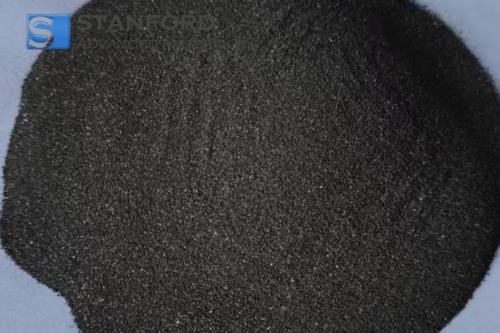
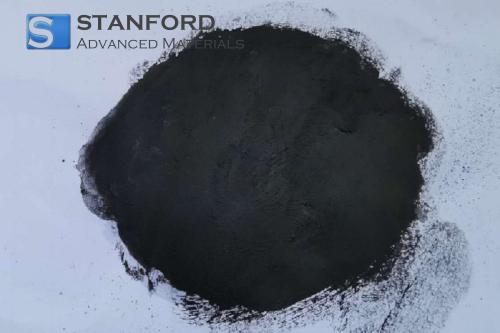
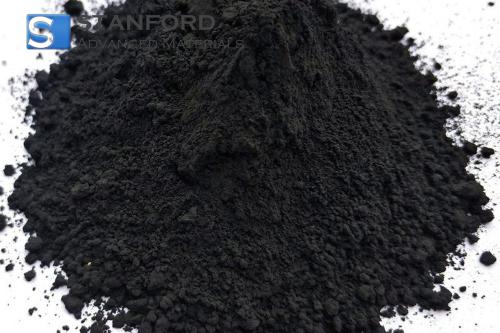
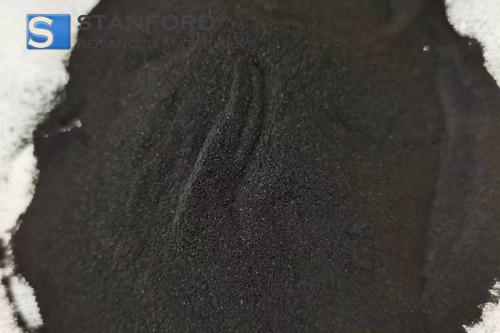
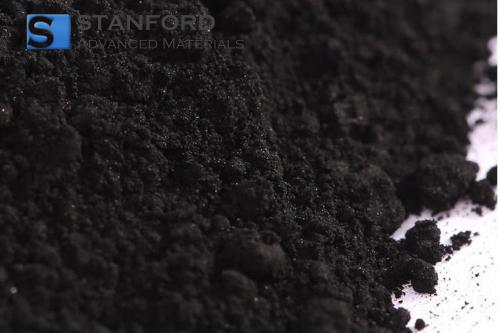
 Chin Trento
Chin Trento



